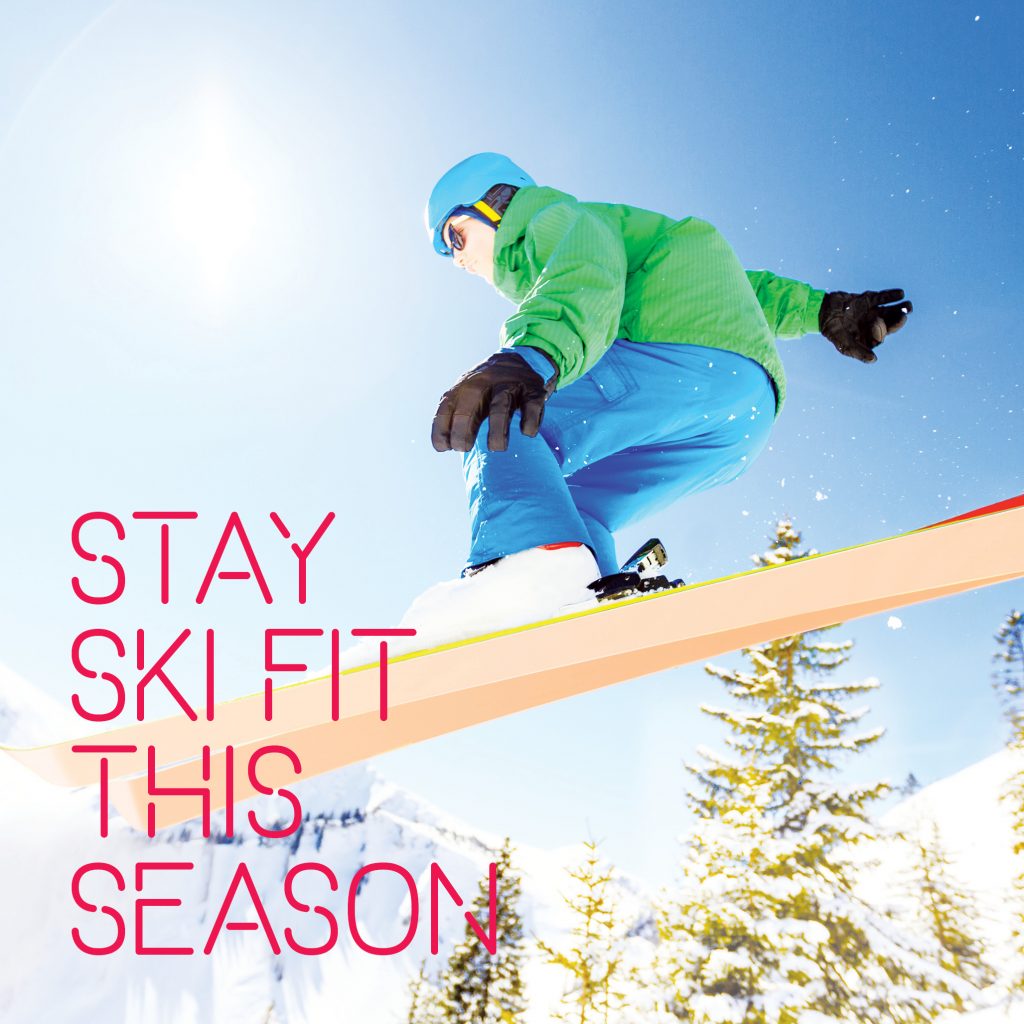
Having spent the past 14 winters working in Japanese ski resorts, I’ve seen a lot of injured skiers and snowboarders. So, as many prepare for a well-earned holiday from Singapore’s heat, to the snow-filled mountains in Japan, I thought I’d provide some information and tips on how to avoid finding yourself in one of our clinics. Once-a-year skiers are at the highest risk of injury. The balance and strength required for skiing are quite a shock to bodies that are conditioned to long periods sitting in an office each day.
The most common injuries sustained by skiers are:
Head injuries (5-10%)
Knee injuries (35%)
Fractures (thumbs and wrist) (5%)
Dislocations (especially shoulders) (5%)
Miscellaneous sprains (20%)
Head injuries are the most dangerous of all skiing injuries. Most fatal injuries occur in people skiing at high speeds, out of control, and hitting a solid, fixed object. To avoid head injuries: wear a helmet, ski in control, match your speed to the conditions, and always look where you are going. There is a saying in ski resorts that everyone you see on crutches is a skier and everyone you see with their arm in a sling is a snowboarder, and there is some truth to this. Knee injuries are the most common of all ski injuries. Snowboarders have a much lower incidence of knee injuries, but experience a much higher rate of wrist injuries. Meniscus, medial collateral ligaments (MCL) and the dreaded anterior cruciate ligament (ACL) injuries are the most common. If you come across an injured skier remember to place your skis in a cross above them, call Ski Patrol and do NOT attempt to move the person if you suspect there is even a chance of a neck or back injury. As a physiotherapist, it is generally easier to assess people on the same day of the injury, the day after an injury swelling increases and assessment becomes more difficult.
10 Ways to Avoid Injury:
Make sure both skis release from the bindings well – be a pest to your ski hire assistant and ask that they’re not too tight.
Condition your body to skiing. Commence a strengthening program a minimum of six weeks before you go.
Take care at the bottom of the run when turning around to see friends coming down – it’s a common time for injury.
Don’t ski aggressively when you are tired. It is usually the last run of the day that causes the injury.
Don’t get up too soon when you are falling or sliding. Wait until you stop and have your balance.
Many injuries occur walking on ice-covered roads and footpaths. Take shoes with good grip, buy some ice spikes, and wear gloves, so you walk with your hands out of your pockets to improve your balance.
Never deliberately fall over out of frustration.
Don’t ski after drinking.
Wear a helmet (especially kids) and if you are a beginner snowboarder also wear wrist guards – they do work to prevent wrist fractures. Both skiers and boarders should consider high-end knee braces – they do prevent knee injuries.
Although stretching before skiing will not help, ensure you warm up by doing an easy treadmill run first.
Getting Ski Fit: To condition your body for skiing, cycling is a great idea, especially using larger gears and riding at a lower cadence (about 50rpm) with higher resistance – some hill repeats at Mt Faber are perfect, or an indoor bike is still effective. One legged mini-squats, step downs, or leg press machines are a great idea. Using a loop band around the ankles to do wide sideways steps (monster walks), walking or running upstairs and jumping split squats are also great.
Japan’s Best Ski Resorts
Niseko, Hokkaido: Niseko is fast becoming the Aspen of Asia, with booming property prices, Michelin starred restaurants and premium concierge services. It is the biggest resort in Japan and gets around 15 metres of dry powder snow every season.
Hakuba, Nagano: Located closer to Tokyo, in the Japanese Alps, Hakuba is a sprawling area of several resorts, the largest being Happo-one. The mountains are huge and accommodation is generally more affordable.
Nozawa Onsen: Also in Nagano, Nozawa is a quaint old Japanese resort famous for its narrow winding roads with hot-spring water flowing underneath. With great bowl skiing Nozawa is perfect for people wanting an authentic Japanese experience. Try to be there for the fire festival in mid-January.
Myoko Kogen, Niigata Prefecture: Only 60 minutes’ drive from Nozawa Myoko is an up and coming resort that has a unique micro-climate seeing it gets 15 metres of snow fall, mostly in January and February.
Rusutsu: Only 45 minutes’ drive from Niseko Rusutsu is a smaller mountain, but has great
off-piste skiing with an easy layout and hooded lifts, so you spend more time skiing and less time walking or traversing. Fewer people means more fresh tracks. A great day trip
from Niseko, and lifts usually operate on high wind days when Niseko is closed.
Singapore Physio: 282B River Valley Rd, 238323 (near Mohamed Sultan Rd Corner)
singaporephysio.com








